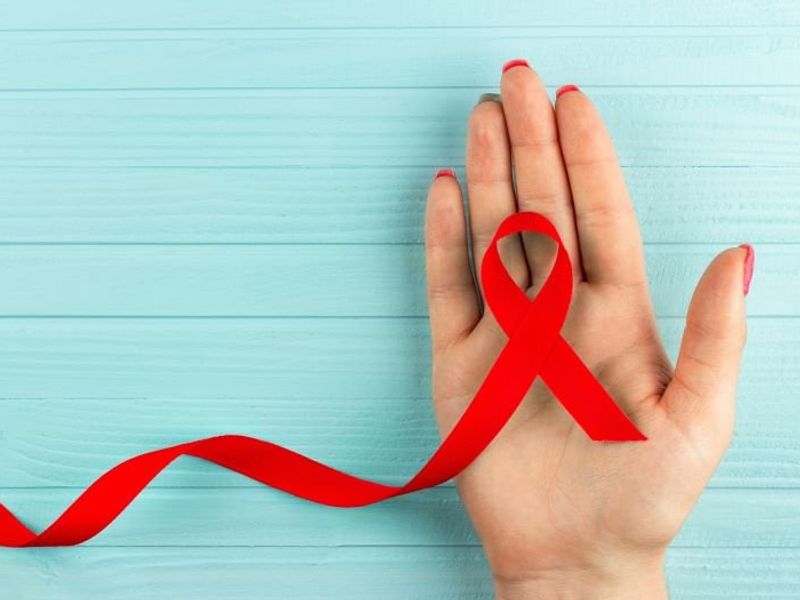Rates of HIV decreased for those aged 13 to 24 years and for infections attributable to male-to-male sexual contact
By Elana Gotkine HealthDay Reporter
TUESDAY, May 23, 2023 (HealthDay News) — The incidence of HIV continues to decline, according to a report published online May 23 by the U.S. Centers for Disease Control and Prevention.
Researchers from the CDC Division of HIV Prevention used data reported to the agency through December 2022 to calculate estimates for the incidence and prevalence of HIV infection among persons aged 13 years and older.
According to the report, the incidence of HIV decreased 12 percent among persons aged â¥13 years in 2021 compared with 2017. The estimated number of HIV infections in 2021 was 32,100, with a rate of 11.5 per 100,000 population. The highest rates were observed for persons aged 25 to 34, followed by those aged 35 to 44 in 2021 (27.7 and 15.6, respectively); rates decreased among those aged 13 to 24 years. Rates were highest among Black/African American, Hispanic/Latino, and multiracial persons (37.3, 18.9, and 17.0, respectively); decreases in incidence were seen among Black/African American and multiracial persons. In 2021, there was a decrease noted in infections attributed to male-to-male sexual contact (MMSC), but no change in infections attributed to injection drug use (IDU), MMSC plus IDU, or heterosexual contact.
“Our nation’s HIV prevention efforts continue to move in the right direction,” CDC Director Rochelle P. Walensky, M.D., M.P.H., said in a statement. “Efforts must be accelerated and strengthened for progress to reach all groups faster and equitably.”
Estimated HIV Incidence and Prevalence in the United States, 2017-2021
Copyright © 2023 HealthDay. All rights reserved.








